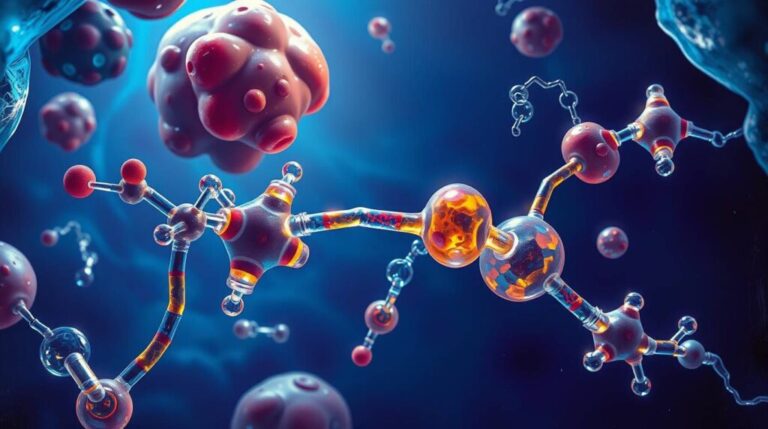How Are Fractals Used in Nature 2025
How Are Fractals Used in Nature 2025 Fractals are complex geometric shapes that exhibit self-similarity—meaning they look similar at different levels of magnification. Though they might seem like abstract mathematical constructs, fractals are deeply embedded in nature. From the pattern of tree branches to the structure of snowflakes, fractals provide a blueprint that nature often…




